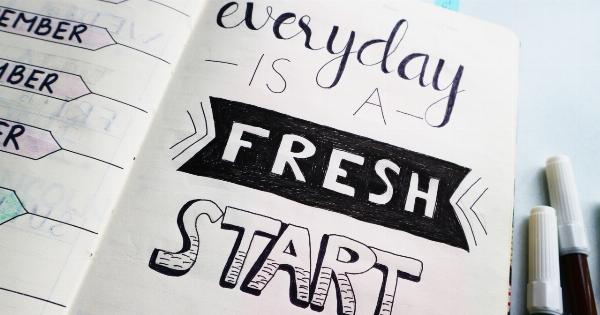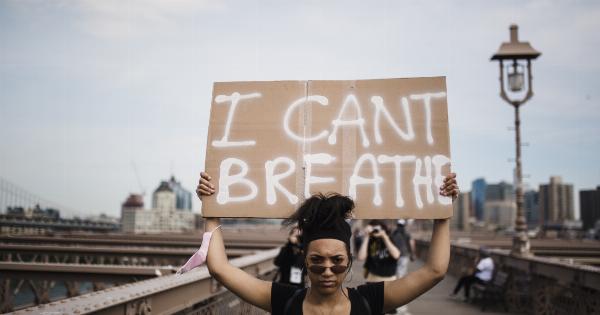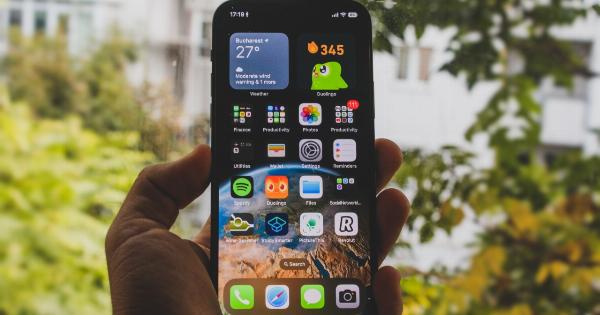In recent years, the topic of sexuality has become increasingly complex. The emergence of LGBT rights, the rise of social media, and the changing cultural norms have all contributed to the complexities of modern-day sexuality.
As a result, many young people find themselves struggling to understand their own sexuality and navigate the myriad of options that are available to them.
The Changing Landscape of Sexuality
For previous generations, sexuality was often viewed as a binary system: you were either straight or gay.
However, today’s youth are growing up in a much more fluid environment, where labels are less important and sexual orientation is viewed as a spectrum rather than a fixed point. This change in perspective can be challenging for many young people who are struggling to understand where they fit within this new system.
The Role of Social Media
Social media has played a significant role in shaping modern-day sexuality. It has allowed young people to explore their own sexuality more freely and connect with others who share their interests.
However, it has also created pressure to present a certain image of oneself online, leading many to feel conflicted between their true selves and the persona they present on social media.
The Impact of Pornography
Pornography has always been a controversial topic, but its impact on sexuality has become more significant in recent years.
The availability of free, high-quality pornography has led many young people to develop unrealistic expectations about sex and relationships. This can lead to a range of issues, including addiction, confusion, and difficulty maintaining healthy relationships.
The Importance of Consent
One of the most significant changes in recent years has been the increased focus on consent. Today’s youth are taught that consent is not just important, but essential, in any sexual encounter.
This has been a positive development, but it has also led to confusion and uncertainty, with many young people unsure about how to navigate the complex rules surrounding consent.
The Intersectionality of Sexuality
Another significant change is the recognition that sexuality intersects with other social identities, such as race, gender, and class. This means that sexuality is not just about sexual attraction, but also about power, privilege, and oppression.
Navigating these intersections can be incredibly challenging, particularly for young people who are still figuring out their own identities.
The Experience of Queer Youth
For queer youth, the complexities of modern-day sexuality are particularly acute. Many struggle to find acceptance from their families and communities, and face discrimination and harassment on a regular basis.
Even within the LGBT community, there can be pressure to conform to certain norms and expectations, leading many to feel like they don’t quite fit in anywhere.
The Need for Education and Support
Given the complexities of modern-day sexuality, it is clear that education and support are essential for young people.
This means not just providing information about sexual health and safety, but also helping young people to navigate the many social and emotional challenges they may face as they explore their own sexuality.
The Power of Self-Discovery
Ultimately, the best way for young people to navigate the complexities of modern-day sexuality is through self-discovery.
This means taking the time to explore their own desires and preferences, and developing a sense of confidence and self-esteem that can help them navigate the many challenges they may encounter.
The Future of Sexuality
While the complexities of modern-day sexuality can be challenging, they also represent an incredible opportunity for growth and exploration.
As society becomes more open and accepting of diverse identities and sexual expressions, young people have the chance to shape a more inclusive and empowering future for themselves and the generations to come.






























